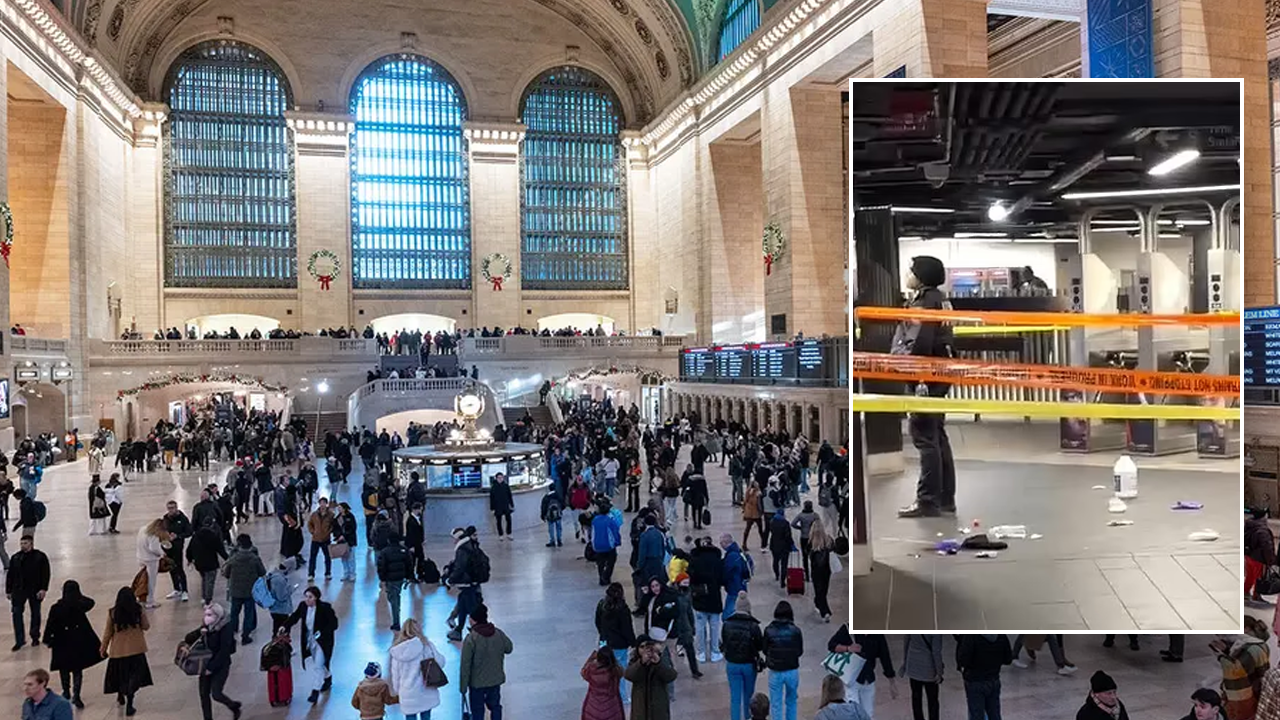Infra
“Sunken” basketball court in Queens among new flood-prevention plans

NEW YORK — Three years since the remnants of Hurricane Ida flooded the New York City area, work is still being done to protect communities.
Mayor Eric Adams’ administration showcased its various efforts to keep pace with extreme weather events and climate change Monday in Queens Village.
“Our climate is changing faster than our infrastructure can keep up,” said Rohit T. Aggarwala, NYC’s chief climate officer and Department of Environmental Protection commissioner.
Nearly a mile-long median along Hillside Avenue that used to be concrete now stands transformed. The median will keep millions of gallons of water a year out of the sewer system, homes and schools.
“It’s been replaced with this absorbent green infrastructure,” Aggarwala said.
“Investments like these are a key part of public safety and affordability,” Adams added. “So every dollar we spend on flood infrastructure, we save $7 in prevented damage.”
First-of-its-kind “sunken” basketball court coming to Queens
In 2025, a first-of-its-kind Cloudburst Sunken Basketball Court will be unveiled at NYCHA’s South Jamaica Houses. The sunken public space will capture nearly 3.5 million gallons of water.
“Cloudburst infrastructure is where you design public spaces to be temporary holding tanks,” Aggarwala said.
The city received $100 million in federal funds to build two more Cloudburst projects in Maspeth and Corona.
Plus, the city is on track to install 500 flood sensors, allowing anyone around the globe to pinpoint flooding in the five boroughs, according to Aggarwala.
“We put in our 200th flood sensor around the city today,” he said.
However, the tech and infrastructure improvements don’t hit close enough to home for some New Yorkers.
“Every time it rains here, everybody’s traumatized. And the city doesn’t care,” ones East Elmhurst resident said. “Nobody cares about us. This is like a forgotten street.”
Ida unleashed water that raced into her home from the street and the communal, which has no drainage. She said the city is fixing nearby blocks.
Climate activists prepare for worst
Last month, amid a roller coaster of summer weather, the group WE ACT for Environmental Justice encouraged Harlem residents to prepare for any kind of climate emergency.
“It always seems like a distant threat, but it’s really here and it’s happening,” WE ACT climate justice campaign manager Annie Carforo said. “The summers have always felt hot, but they’re incredibly hot now, and we’re seeing every summer is breaking record heat.”
In collaboration with other local organizations, the group created a map of Upper Manhattan with cooling centers and evacuation centers for extreme flooding.
The map shows coastal flood zones impacted by hurricanes and streets susceptible to flooding in extreme rain events, including subway stations and bus stops that experience the most flooding.
Click here for more emergency planning resources.











